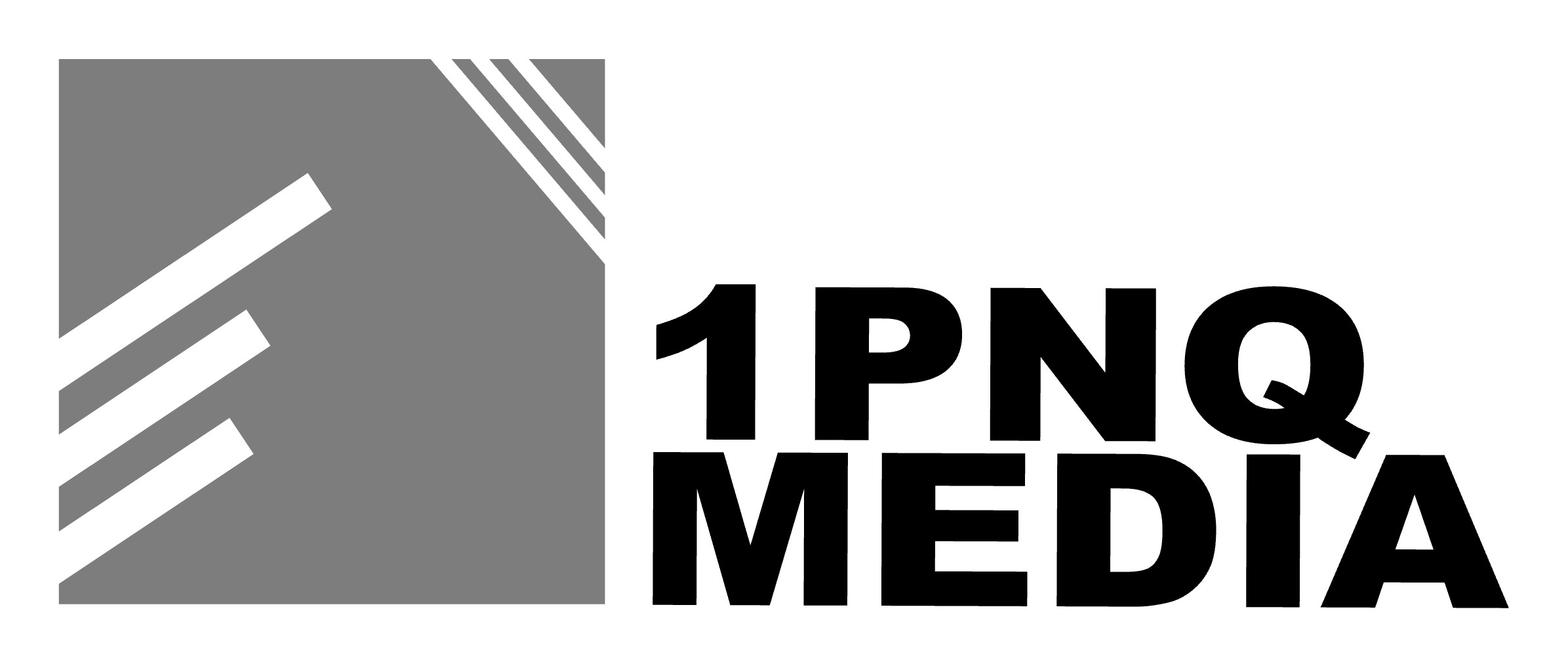Know Your Audience
A common mistake among business owners, especially local business owners, is failing to identify their audience bias. They often assume everyone is their customer, thinking they can sell to anyone, but that’s far from the truth. There’s always a bias: you might sell primarily to men, women, a certain age group, or people with specific interests. Understanding this bias is crucial for effective marketing.
Consider this example from the 1960s. A seminar organizer noticed that most men attending his seminars had crew cuts. He contacted local barbershops, obtained a list of customers with crew cuts, and sent them a direct mail offer. This targeted approach significantly boosted responses. The lesson here is clear: targeting the right audience yields a much higher response rate than mass marketing.
The Limits of Mass Marketing
Most of the marketing we’ve grown up with is directed at a mass audience, like laundry detergent or Coca-Cola ads. These brands have massive budgets, but small businesses don’t. Our goal isn’t to build brand recognition for the next supermarket visit; we aim to talk directly to our target audience—the people most likely to buy our product.
For instance, in real estate, agents have been using the same marketing messages for decades: “Sell your home with us” or “Call us for a free evaluation.” These messages haven’t evolved because new agents mimic what others do, resulting in endless marketing incest. However, by approaching marketing with an open mind and innovative ideas, we can break this cycle.
Unique Selling Proposition
To cut through the marketing clutter, you need a unique selling proposition (USP). While we’ll delve deeper into USPs later, the immediate goal is simple: avoid saying what competitors say and focus on something that makes prospects sit up and take notice. Make it clear that you understand your audience’s problems.
Focus on the Problem
Start by addressing your audience’s pain points. For example, a chiropractor’s headline might be, “Does your back hurt when you wake up?” This approach grabs attention because it speaks directly to the prospect’s experience. Once you have their attention, build on it by showing that you understand their struggles and can help.
Speak to Your Target Audience
Don’t be afraid to focus on a specific niche or demographic. If you’re selling blow torches, your primary customers are likely men, so tailor your language accordingly. Similarly, if you’re marketing curly hair extensions, focus on women. If a few men or women outside these groups buy the product, that’s great, but your message should resonate most with your core audience.
Understanding Your Audience
To understand your audience, do some basic background research. For instance, if your client sells garage doors, read reviews of similar businesses to understand how customers talk and what their concerns are. Knowing your audience helps you craft messages that resonate.
Practical Application
Imagine you’re marketing a Botox service. It’s a common misconception that only people over 55 are interested. In reality, many Instagram influencers in their 20s undergo such procedures. Understanding this can help you tailor your message and reach the right audience.
The Goal: Impact
The ultimate goal is to create ads that make the audience feel understood. This involves background research and educated guesses. Interview clients to gain deeper insights. Remember, no product appeals to everyone. There’s always a bias, and recognizing this will improve your ad results.
Conclusion
By laser-focusing your message on the most likely responders, you can cut through the marketing clutter and make a significant impact. If you try to appeal to everyone, you’ll end up reaching no one. Instead, be specific and clear, and your marketing efforts will yield better results.
Understanding your audience and speaking directly to their needs will help your message stand out in a crowded market, leading to higher engagement and better business outcomes.


No responses yet